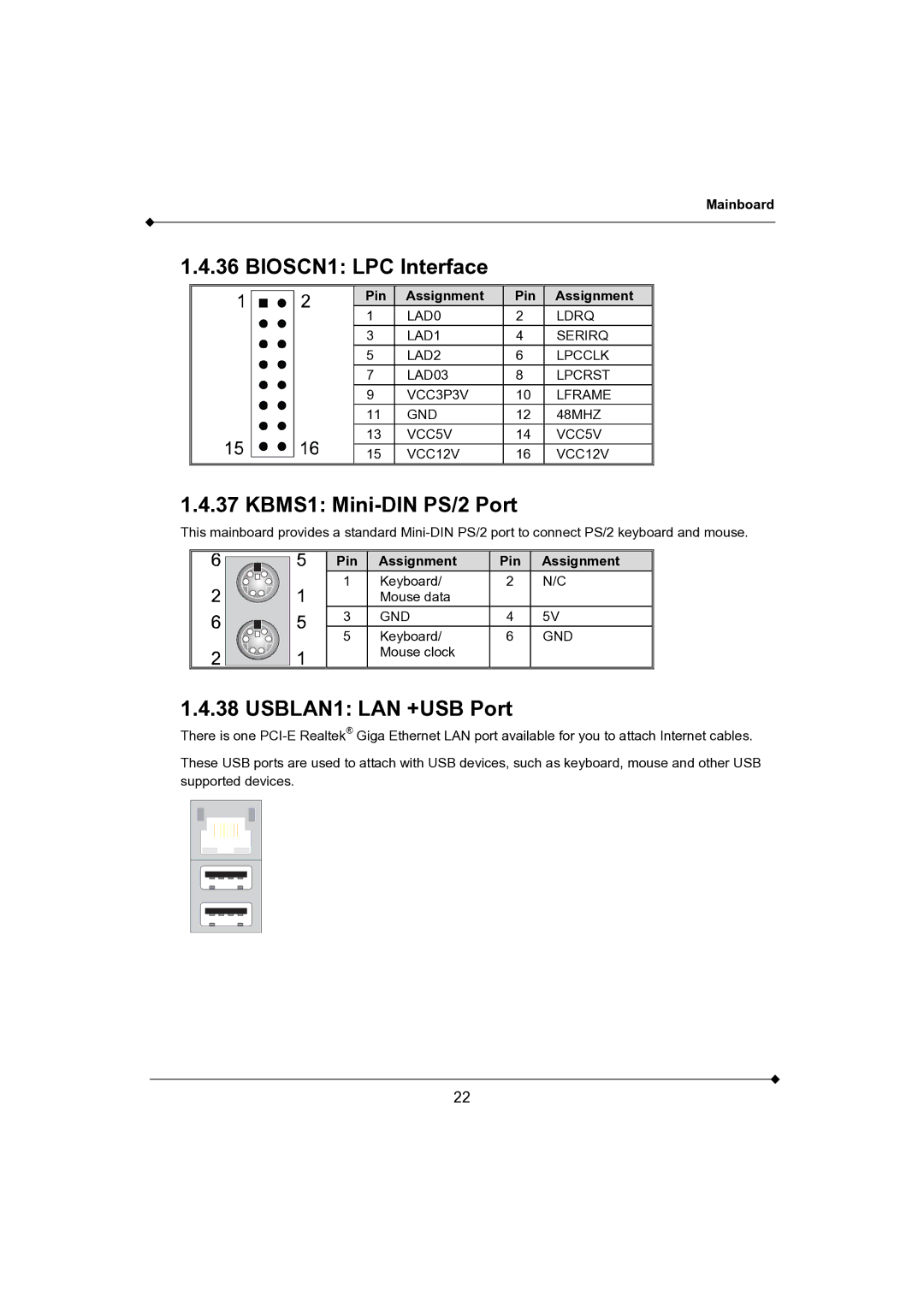K3780E-D2, K3780E-D, K3780E-S2, K3780E, K3780E-S specifications
AMD has long been a key player in the semiconductor industry, and its K3780E line of processors is a testament to its innovative approach to modern computing demands. The K3780E, K3780E-S, K3780E-S2, K3780E-D, and K3780E-D2 showcase AMD’s commitment to delivering powerful performance, energy efficiency, and enhanced capabilities for various applications.The K3780E series is built on AMD's advanced technology, leveraging a robust architecture that provides exceptional multi-threading support. This ensures that users can run multiple applications simultaneously without experiencing performance degradation. The core count across these models varies, allowing users to select a processor that best fits their workload requirements.
One of the standout features of the K3780E line is its thermal management capabilities. The processors are engineered to operate efficiently, even under high workloads. This is crucial for both enterprise and consumer environments, where heat generation can impact system stability and longevity. With competitive thermal design power (TDP) ratings, these processors are designed for longevity and can be deployed in compact spaces without necessitating extensive cooling solutions.
In addition to their processing power, the K3780E series supports advanced technologies such as virtualization, allowing for better resource management in data center environments. The processors also include enhancements for multimedia processing, enabling smooth video playback and editing capabilities, making them ideal for creative professionals.
Security features are an essential aspect of modern computing, and the K3780E processors come equipped with AMD's state-of-the-art security technology. This includes hardware-level security enhancements that help protect against a range of cyber threats, ensuring both data integrity and user privacy.
Scalability is another critical consideration in the design of the K3780E-S, K3780E-S2, K3780E-D, and K3780E-D2. These models cater to a variety of applications, whether in embedded systems, servers, or high-performance computing environments. Their diverse application potential underscores AMD’s dedication to versatility across its product lines.
In conclusion, the AMD K3780E series—comprising the K3780E, K3780E-S, K3780E-S2, K3780E-D, and K3780E-D2—delivers on multiple fronts, providing cutting-edge performance, energy efficiency, and advanced security features suitable for both enterprise and individual users. With these processors, AMD continues to assert its position as a leader in the global semiconductor market.

